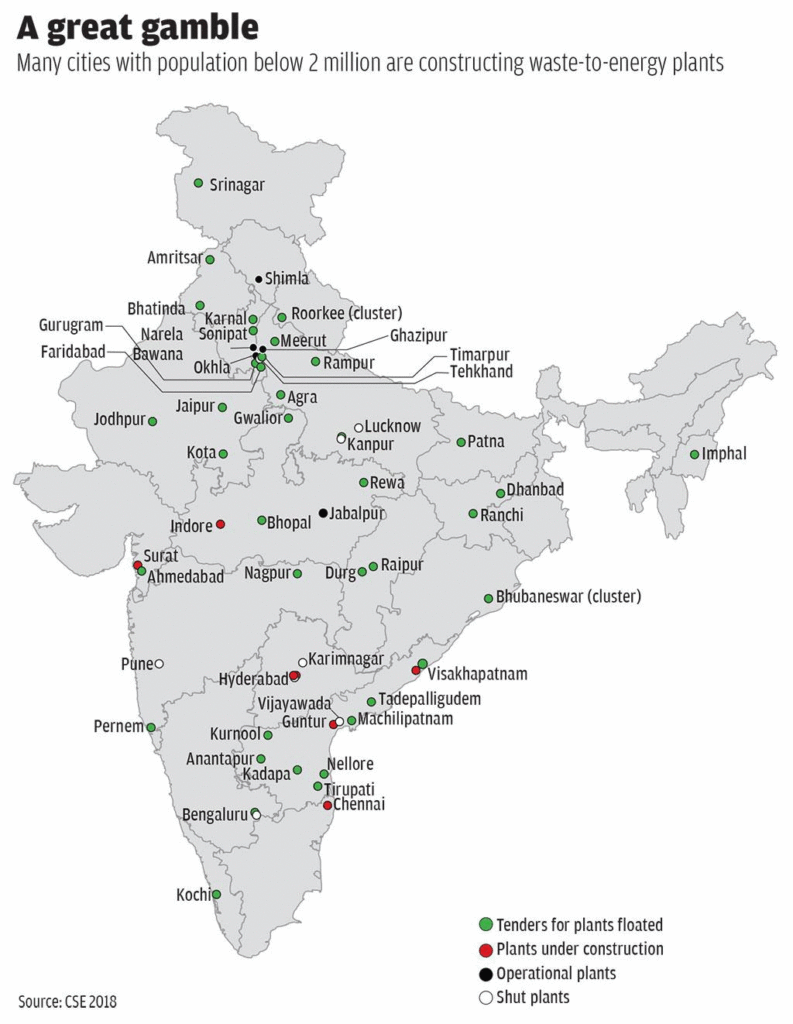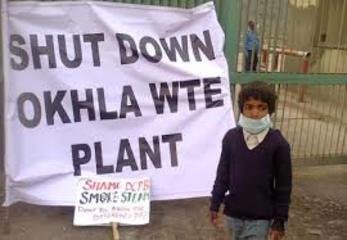Half of the waste-to-energy (WtE) plant in India shut down soon after starting operations and the remaining plants are under scrutiny for environmental violations.

There are several reasons these plants do not work in India. The most common reason for the failure of Waste-to-Energy plants is a mismatch between the plants’ inputs requirements and the quality of waste it receives in terms of calorific value, moisture content and physical composition.
The fundamental determinants of the suitability of WtE feed-stock are the composition, calorific value and moisture content of the waste.
Due to higher amounts of biodegradable fraction in the unsegregated waste, the calorific value of the waste produced in low-middle income countries such as India is way below the required 1, 500 kilocalories / kilogram and high in moisture content, thereby rendering it unfit for use as an energy source.

The calorific value and moisture content of waste varies widely from city to city. The average calorific value of waste is 1,411-2,162 kcal / kg and the average moisture content ranged 41-52 per cent, according to a 2004-05 study by Central Pollution Control Board (CPCB) and National Environmental Engineering Research Institute (NEERI) in 59 cities (35 metro cities and 24 state capitals).
Biodegradable waste has to be treated using aerobic and anaerobic technologies as close to the source of generation as possible, according to Solid Waste Management Rules, 2016.

Recyclables have to be channeled for recycling and only non-recyclable waste with a calorific value higher or equal to 1,500 kcal / kg has to be used to generate energy either through WtE plants or co-processing in cement kilns.

Approximately 15 per cent of the 55 million metric tonnes municipal solid waste (MSW) generated every year in India can be classified as non-biodegradable, non-recyclable and high calorific value waste.
This translates to around 30,000 TPD of waste that can be fed to WtE plants.
Additional fuel is required to burn this waste. This was why the WtE plants in Kanpur, Bengaluru, Hyderabad, Lucknow and many more cities had to be shut down.
Reference- Down To Earth, Economic Times, CPCB website






